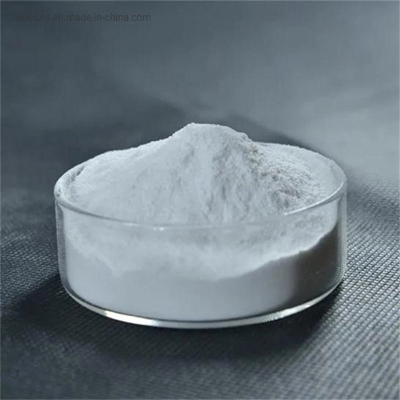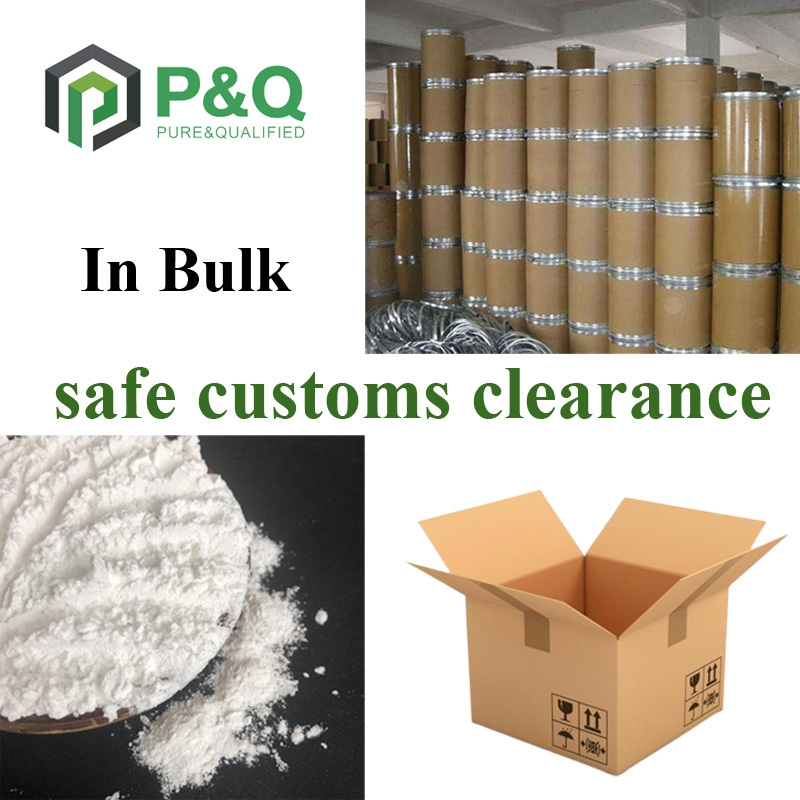-
Categories
-
Pharmaceutical Intermediates
-
Active Pharmaceutical Ingredients
-
Food Additives
- Industrial Coatings
- Agrochemicals
- Dyes and Pigments
- Surfactant
- Flavors and Fragrances
- Chemical Reagents
- Catalyst and Auxiliary
- Natural Products
- Inorganic Chemistry
-
Organic Chemistry
-
Biochemical Engineering
- Analytical Chemistry
- Cosmetic Ingredient
-
Pharmaceutical Intermediates
Promotion
ECHEMI Mall
Wholesale
Weekly Price
Exhibition
News
-
Trade Service
。 Experiment 87 FahrenheitPrincipleMany metabolic processes of
, plant cells, and
tissue
s) often occur in gas changes, the rate of which can be measured by a pressure meter, which is commonly used in laboratories. The principle of the pressure measurement method is that in a closed system that fixes the volume and maintains a certain temperature, the change in the number of gases (produced or disappears) can be measured from the change in the gas pressure in the system. The total amount of gas produced or disappeared can be calculated according to the laws of the gas.。The structure of theis a domestic SKW-2 micro-breathing meter, the main part of which is the glass reaction bottle and the pressure gauge connected to it (Figure 36). The bottom center of the reaction bottle is equipped with a small glass, some also has one or two side tubes (Figure 37, S), the reaction bottle is connected to the pressure meter (M) through the scrub port, the pressure meter is a U-shaped capillary glass tube, there is a scale, fixed to the metal plate, the metal plate inserted in the gyration oscillation device, so that the reaction bottle completely immersed in the
string
tank. The lower port of the pressure meter is connected to a latex tube, the other end of the latex tube is plugged with a glass rod, the latex tube and pressure meter are filled with Brodie solution, by spiral (L) can adjust the height of brodie solution in the pressure meter, when the tweed piston (T) when closed, the entire reaction bottle system is tightly closed, in order to make the experiment in a constant condition, so the instrument is also equipped with a constant temperature sink, temperature controller,
agitator
, gyration oscillator and other parts.。 Preparation before use of the instrument 1. Brodie solutionTake NaCl23g and sodium choleate 5g in 500ml water, add Evans blue (200mg/L) to color the solution, and add a few drops of vanilla alcohol solution as a
preservative
. The solution has a weight of 1.033 and the pressure at a height of 10000 mm is equal to 101 325 Pa (1 standard atmospheric pressure).2. Cleaning pressure gauge and reaction bottlenewly purchased pressure gauge and reaction bottle before use to be cleaned, the simple way is to soak with lotion, the finished lotion poured in a high specimen bottle or large
-measure barrel
, insert the pressure gauge, the first straight tube Partially soak for several hours, then soak the side tube part, if the diameter of the container is not large enough, you can put the pressure gauge down in the glass cylinder, close the piston, use capillary droplets to fill the side tube part of the pressure gauge, soak for several hours, rinse with water, and then dry in an oven at 80 degrees C. The new reaction bottle can also be soaked with lotion and then rinsed clean and dried with water.If you have just used a reaction bottle, wipe the vacuum grease from the mouth of the bottle with absorbent paper, then soak it in hot soapy water or detergent for several hours before rinsing and drying it with water.3. Measuring the volume of the reaction bottle metrically measuring the volume of the reaction bottle, generally using the weight method, the space to measure its volume is filled with mercury, and then called the weight of mercury, and then according to the density of mercury, converted into volume.(1) Mercury purification: long-hidden mercury on the surface often has a layer of oxides, can first use bamboo clips (printed photo) to clip a little skimmed cotton, the oxides rub on the skimmed cotton, and then the skimmed cotton in 10% HNO3 wash This way after many times can erase the surface oxides, so that the surface appears smooth, and then with mercury scrubber in 10% HNO3 cleaning several times, and then water wash to neutral, collected in the
sach
, with filter paper to absorb water from the surface, you can spare.(2) volume: The volume to be measured is the volume between 150mm and the reaction bottle connection after the reaction bottle is connected to the pressure meter and the piston is closed.Take a dry reaction bottle on the chain
balance
to weigh, accuracy of up to 10mg can be, in the bottle with the appropriate amount of clean mercury, mercury amount to the reaction bottle connected to the pressure meter's scrub joint, mercury in the capillary The position in the middle is exactly the horizontal part of the pressure gauge side tube, in the outer wall of the glass tube to mark (Figure 38 in m), remove the reaction bottle immediately with
thermometer
to measure the temperature of the mercury, and then weigh it, the difference between the front and rear weight is the weight of the mercury.the volume at one end of the reaction bottle, the remaining volume on the pressure gauge is measured. To do this, secure the pressure meter with an iron clip to the iron frame (Figure 38), take a latex tube, plug it with a glass rod at one end, fill the latex tube with mercury, and then connect it to the pressure meter, open the piston, at which point the mercury enters the capillary tube of the pressure meter, squeeze the mercury in the latex tube by hand, and adjust the tilt of the pressure meter to make the hair The mercury height in the tube is exactly at the scale 150mm and the mark m, close the piston, remove the latex tube, pour out the mercury in the pressure meter, carefully pull the piston out flat, then the mercury in the lower capillary tube of the piston is very easy to flow into the collection cup, and avoid the mercury in the piston hole mixed in, finally called the weight of mercury.
。 The reaction bottle part and the pressure meter part mercury weight together, with the mercury density of the temperature divided, that is, the volume of the mercury, that is, the desired reaction bottle volume (mercury density see Schedule 15).4. Calculation of reaction bottle constant KReaction bottle constant K represents the amount of gas change in the reaction system for every 1mm change on the pressure meter, according to the gas law, we can calculate the size of the K value.X as the volume of gas changes in the reaction system before and after the test (under standard conditions), expressed in sl.h as a pressure meter reading, expressed in mm, V
g
as the volume of gas in the reaction bottle (including the pressure meter's connecting side tube to 150mm), expressed in sl, V
f
as the volume of liquid in the reaction bottle, expressed in sl, P as the starting pressure of a gas in the reaction bottle,steam pressure at temperature T, P
0
is the standard pressure, i.e. 101325Pa (if expressed in Brodie solution, P
0
s 10 000mm Brodie column height, T is the temperature of the sink, expressed in absolute temperature, a is the solubility of the gas to be measured (pressure 101325Pa, temperature is T) (see Schedule 14).according to the gas law formula:reaction bottle gas phase pressure is P-R, volume V
g
, if converted to standard conditions, then:and the test began with a part of the gas dissolved in the liquid phase, the number of which is<3> <5>
So at the beginning of the test, the total amount of gas (volume) in the gas phase and liquid phase should be:When the test is over, the volume of the gas changes, the amount of change is set to x, resulting in a change in pressure in the system hmm, if the gas is absorbed, h is negative, if the gas is released, h is positive. Now assuming that the gas is absorbed, the pressure at the end of the test should be (P-R-h), so at this time the total gas is:so K is the reaction bottle constant, the value of which is V
, V
f
and T-related, so each reaction bottle K is different, even if the same reaction bottle, test conditions are different (e.g. temperature, material dosing, etc.), its K value is also different, this should be noted.。Using examples to determine the breathing intensity and breathing of sprouted wheat seeds.1. Select 40 seed size and bud length similar germination wheat, divided into 4 groups, placed in 4 reaction bottles, each 10, in 2 of the reaction bottles in the central cup added 10% NaOH0.2 ml, to absorb the release of CO
2
to determine the amount of O
2
absorbed by respiratory action. The other 2 did not include NaOH to determine the cocoon 2
released
and absorbed O
2
. In addition, 1 reaction bottle was taken as an air pressure tube to correct the effect of changes in external temperature and pressure on the test results during the test. All reaction bottles are mounted separately on the pressure meter and immersed in a heated water bath.2. Adjust the temperature controller so that the water bath temperature is 25 degrees C. Turn on the oscillator and select the appropriate frequency. Open the piston T on the pressure meter so that it is connected to the atmosphere, 15 minutes later when the temperature inside and outside the reaction bottle is balanced. Adjust the helix L so that the height of the right tube of the pressure meter is 150mm, write down the left tube height reading, which is the reading at the beginning of the test (0 minutes), close the piston T, start the test, and remember the time.3. After 15 minutes (depending on the material and test requirements), then the reading, the reading first with spiral L adjust the right tube height of 150mm, note the left tube reading, according to the need for a certain interval after a certain period of time can be read again. 4. After the test, the seeds in each reaction bottle are removed, and the water level replacement method is used in the measuring tube to measure the volume of the seeds. 5. The first half of the 287-page table is a trial record, and the lower half is calculated on the basis of the record. 6. Calculating the absorption of (1) O
2
: Because NaOH is added to bottles 2 and 9, the CO
2
released by the respiratory action is absorbed by it, so the change in pressure in the reaction bottle before and after the test is caused by the absorption of O
2
. According to formula (2) you can calculate O
2
absorption, take bottle No. 2 as an example, according to the (1) formula first calculated K
O 2 O 2
s K.h, calculated X
O2
, where h is negative, so X
The O
2 x 1.71× (-53) - 90.63 sl X
O
2 - 96.66 sl - the average of the two numbers is -93.64 sl. (2) CO
2
release: No NaOH was added to bottles 4 and 17, and the change in pressure in the reaction bottle before and after the test was due to the absorption of O
2
and the release of CO
2
, both of which were caused by the volume change. the pressure
by the absorption of O
2 is as: Material: Sprouted Wheat Seeds Test Temperature: 25C Test Date: The pressure change caused by the release of CO 2
is: so the reaction bottle The last reading of the pressure meter h is: xo
2
in (3) has been taken from bottles 2 and 9, with an average of -93.64μl, while Ko
2
and Kco
2
are constants for bottles 2 and 9, and it can be calculated that Ko
f
is 0
2
and Kco
2
values are actually equal. According to formula (1), the K
2
of bottle 4 is calculated, Kco
2
is 2.14, and the K of bottle 17 is also calculated according to formula (3): is also calculated as the K
o 2
(Kco
2
) s 2.17, xco
2
s 80.62 sl, with an average of 84.99 sl.
。
。







